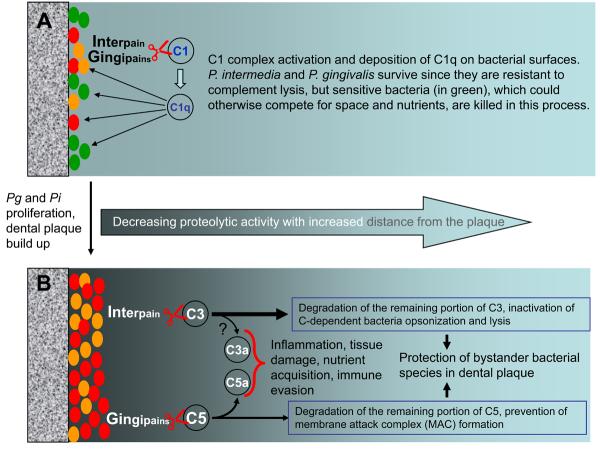Fig. 5. Biphasic virulence effects of P. gingivalis and P. intermedia cysteine proteases.
(A) Effects of low concentrations of the proteases, i.e., early in the clonization process, which activate the classical pathway. (B) Effects of high concentrations of the proteases, i.e., in a developed biofilm, which suppress the physiological activation of the complement cascade, but selectively generate anaphylatoxins via limited degradation of C3 and C5. P. gingivalis and P. intermedia are exceptionally resistant to the bactericidal activity of complement and released proteases, gingipains and interpain, respectively, contribute to the resistance. At low concentrations of the proteases, likely to occur at the early stages of infection or at a long distance from the dental plaque, the released proteases activate the C1 complex leading to deposition of C1q on the bacterial surface (128, 131). Complement activation may eliminate complement-sensitive commensal bacteria which could otherwise compete with pathogens for space and nutrients. At high concentrations, the proteases synergistically inhibit the bactericidal activity of complement by degrading C3 and C5, thus protecting complement-sensitive bacteria in their proximity and promoting biofilm development. At the same time, released anaphylatoxins (C3a and C5a; although only the latter was confirmed to retain its biological activity) fuel inflammation resulting in tissue damage and nutrient generation, and are exploited for immune evasion (see also Fig. 4).

